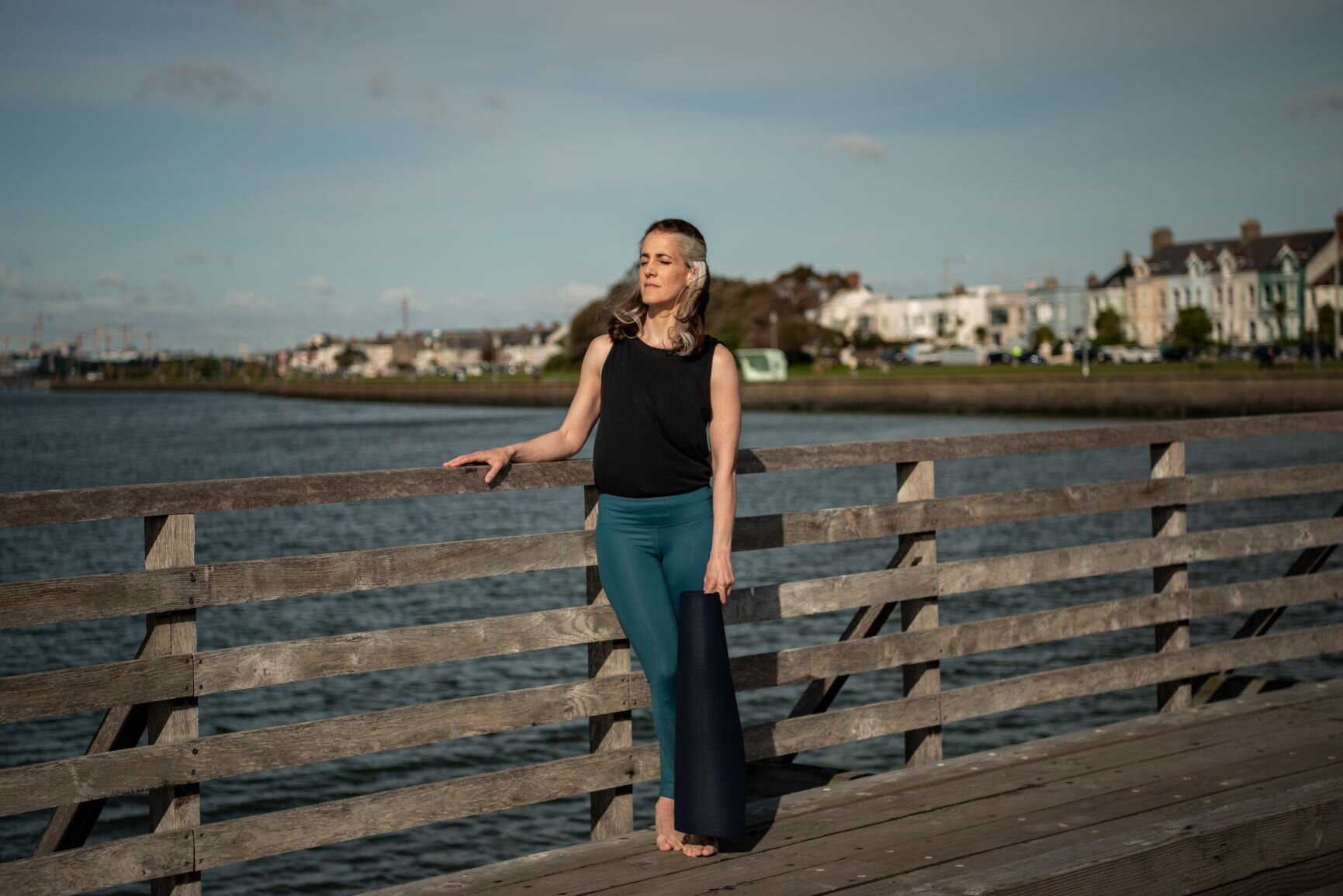Why Yoga isn’t just about stretching.
Have you ever felt that you are not flexible enough to practice Yoga?
It’s time to reconsider because a balanced practice has to involve both flexibility and strengthening. The whole point is a balanced practice that leads to a balanced life, writes Laura Lipparoni, MISCP, Chartered Physiotherapist, Yoga Teacher and founder of Bay Area Yoga.
There are many things that bring students to a Yoga class. Some join to manage stress, some to exercise and some for the overall health benefits associated with practicing Yoga. I’ve noticed over the years that the general consensus out there is that Yoga is all about flexibility and stretching - an idea that is reinforced by social media images.
“I’m going to make an admission”.
I’m going to make an admission, and that is that I am not a very flexible person. I’ve spent years wrestling with hamstrings that absolutely refuse to stretch and with poses that are not good for my body type. I spent so much time chasing the idea that I suffered from bilateral hamstring injuries 12 years ago – aptly known as ‘Yoga Butt’.
One was the result of my own stubbornness and the other thanks to a hands-on adjustment while I was in revolved triangle pose – there was a very definite snapping sound that time.
The only thing more painful than the physical muscle tear was the bruise to my ego as a Yoga teacher because Yoga teachers are supposed to be flexible right?
In the weeks that followed, I had plenty of time (while sitting on bags of frozen peas) to consider my failings and it was at that point that I realized that I had approached this whole Yoga thing entirely the wrong way.
My hamstrings had torn for two very good reasons. One, I was caught up in the cycle of thinking that Yoga was all about being flexible. Two, I needed to work on strengthening and not just stretching. My body and my practice were imbalanced.
“When a muscle is weak and tight”.
When a muscle is weak and tight, if you stretch it without addressing the weakness, there is an increased risk of injury over time. Similarly, if a muscle is weak and flexible and you stretch it without strengthening, there is an increased risk of injury over time.
For the sake of a metaphor, would you stretch a piece of cord that is weak and expect it to stretch or to snap? Initially, it will stretch but over time it will eventually snap – and the tissues of your body are no different. Your muscles, tendons, and ligaments have different elastic properties – muscles can stretch the most – but in order to create a balanced and healthy body, you have to stretch and strengthen it.
There has to be expansion and contraction in the body, in your practice, and even in life.
“Create a balance, while practicing yoga”.
This doesn’t mean that you shouldn’t practice Yoga or that you can't do it if you aren’t strong. What it does mean is that we need to create a balance and this means using the muscles slightly differently while practicing yoga.
The style of Yoga that I practice and teach now has evolved over time and now instead of stretching passively into a Yoga pose, I engage muscles to help support me while in the pose. Any student that has attended a class with me will tell you that we engage muscles constantly – and you will feel it the next day.
Isometric and Eccentric muscle contractions during Yoga are game-changer and using them makes Yoga more accessible to students with injuries or physical limitations (real human bodies because let’s face it, not one of us is perfect).
I’m a Chartered Physiotherapist and I work in private practice some of the week providing ‘Clinical Yoga’ sessions. Introducing strengthening principles into a Yoga Asana and into my teachings means I can work with students of all ages and abilities. It makes this ‘thousands of years old practice accessible to absolutely anyone who chooses to try it.
“We meet ourselves on our mat”.
I’ve heard it said that we meet ourselves on our mat and I’ve found that to be really true. There is no greater teacher than that first Yoga class you step into and discovering what your body can and can’t do. However, there’s one more piece to this puzzle because it’s not just about the physicality of practicing Yoga Asana.
To reduce Yoga to something as fundamental as biomechanics is to dilute it’s very essence. I mean think about it, why do we move and stretch and strengthen our bodies in Yoga?
Flexibility and being able to touch our toes will not bring us any closer to God and Yoga is after all considered to be a spiritual practice. We move and we stretch and strengthen our bodies in order to connect with the deeper parts of ourselves and the world around us.
“Learn about yourself and accept yourself as you are”.
Absolutely, come to Yoga class and work on touching your toes but you will miss the whole point of Yoga (hint it’s not to be able to touch your toes).
The whole point is that you show up, real and raw, and human. And with time you learn about yourself and accept yourself as you are.
The whole point is a balanced practice and a balanced life. That is when Yoga comes off the mat and into the world. And that is where the magic is.
“The soul is here for its own joy.”
- Rumi















